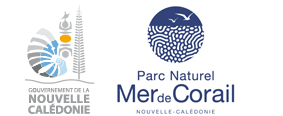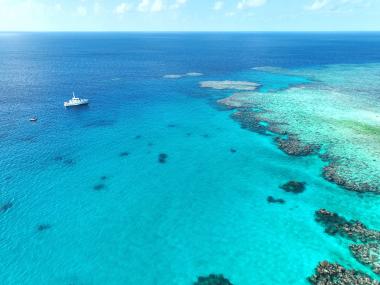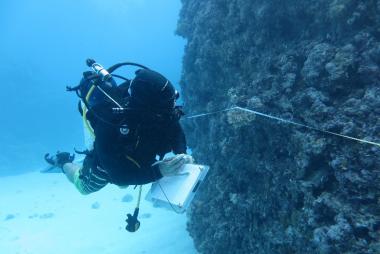Valorize fishing
Longline technic
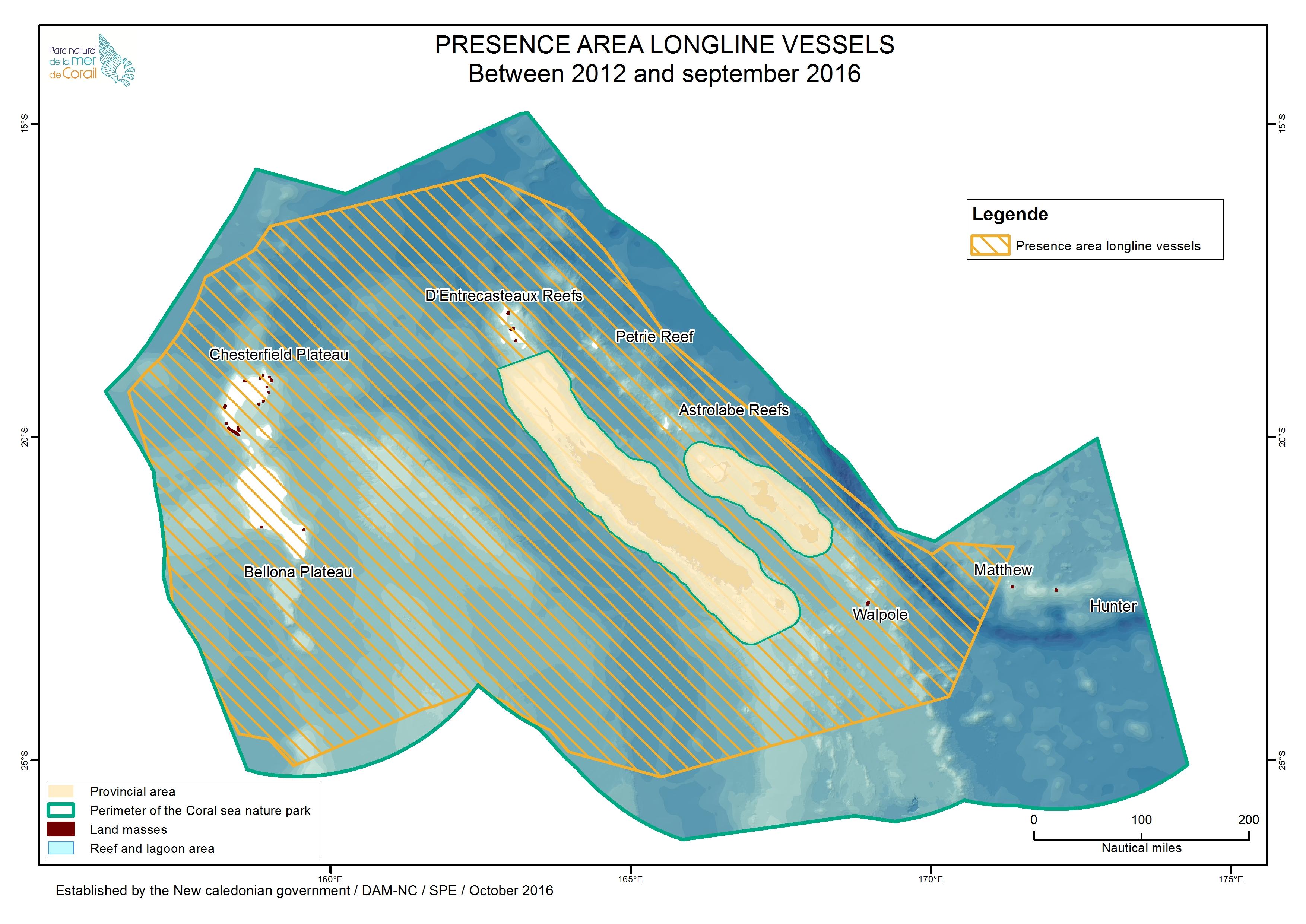
The Coral Sea Natural Park is an area of activity for the world's major tropical tunas fisheries. During the fishing season, New Caledonian vessels travel to this area to catch mainly white tuna and yellowfin tuna. Almost 70 % of the catch is sold on the local market while the remaining 30 % is shipped to Japan, the Pacific canneries and the European market.
To catch deepwater species: yellowfin tuna, white tuna and bigeye tuna, all tuna vessels in New Caledonia use a particular fishing technique: offshore long-line horizontal longline fishing. This technique is considered the most selective technique. It was the Japanese who introduced this technique to the region in the early 1960s.

Although the activity of the local offshore fishery has existed since the 1980s, its development accelerated only in the years 2000. The sector has succeeded over the years to stabilize its fleet of about 20 ships between 20 and 30 meters, and to adjust its fishing effort taking into account the available resource and the demand in the market. With less than 3 000 tons caught annually in a fishing area of approximately 1.3 million km2, the impact of this fishery is considered to be minimal. Follow-up is carried out according to strict regulations.
MANAGING THE OBSERVED RESOURCE
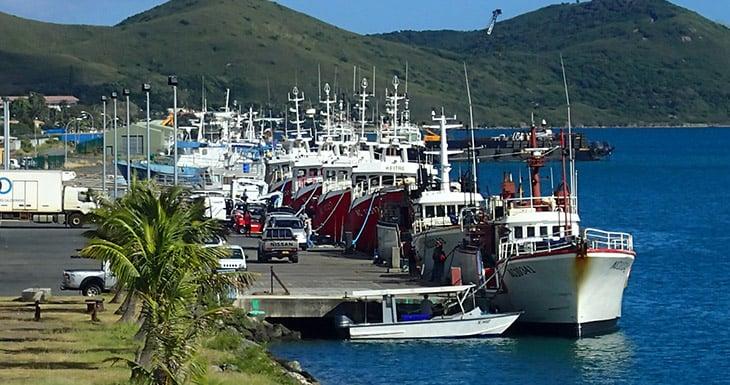
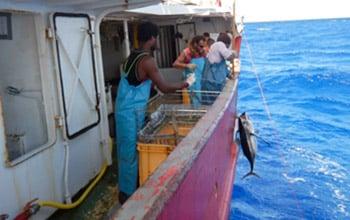


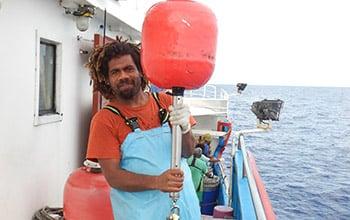

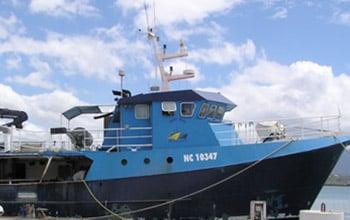
MANAGING THE OBSERVED RESOURCE
Longline observation program on board New Caledonian vessels, re-launched in 2008, is an action throughout the Central and Western Pacific in the work of the Central and Western Pacific Fisheries Commission*. Established in 2005 by all coastal countries in the western Pacific and the main fishing nations, its objective is to ensure the long-term conservation and sustainable exploitation of highly migratory fish stocks in the central and western Pacific Ocean.
Since the accession of France, New Caledonia, in the same way as French Polynesia and Wallis and Futuna, is a territory participating in this Commission. Thus, New Caledonia undertakes to provide it with the information necessary for the management and conservation of the resource.
These observations began in New Caledonia in 2002. The main task is to identify and measure all catches taken on board. Various characteristics of the fishing gear (number of hooks per basket, number of baskets, quantity and type of bait used ...) are also noted. All of these surveys are used to estimate overall fishing mortality, a data used by SPC (Secretariat of the Pacific Community) to conduct stock assessments and scientific studies on tuna biology.
* Central and Western Pacific Fisheries Commission : is also designated in English by the acronym WCPFC for Western and Central Pacific Fisheries Commission.

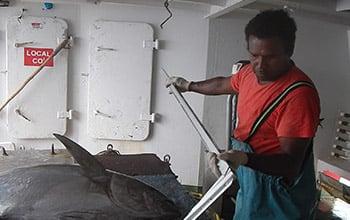
EMBARKED OBSERVERS
Observer shipments on tuna vessels have been taking place in New Caledonia for several decades. But a real observation program has only been in existence for about 15 years.
These embarkations make it possible to collect, in the course of the various campaigns, as much information as possible on vessels, crew work, fishing effort, catches and fishing mortality.
The data collected supplement the information provided directly by the shipowners of the vessels in the form of fishing charts and thus make it possible to better characterize the tuna fishing activity. They are forwarded to the Secretariat of the Pacific Community (SPC) for use in assessing the state of the pelagic ecosystem and regional fish stock assessment for the Central Pacific Fisheries Commission and West to which New Caledonia participates.
In 2014, 22 embarkations were carried out on board the longliners of the New Caledonian fleet. This represents a coverage rate of about 6.5 %, higher than the threshold requested by the Central and Western Pacific Fisheries Commission.
